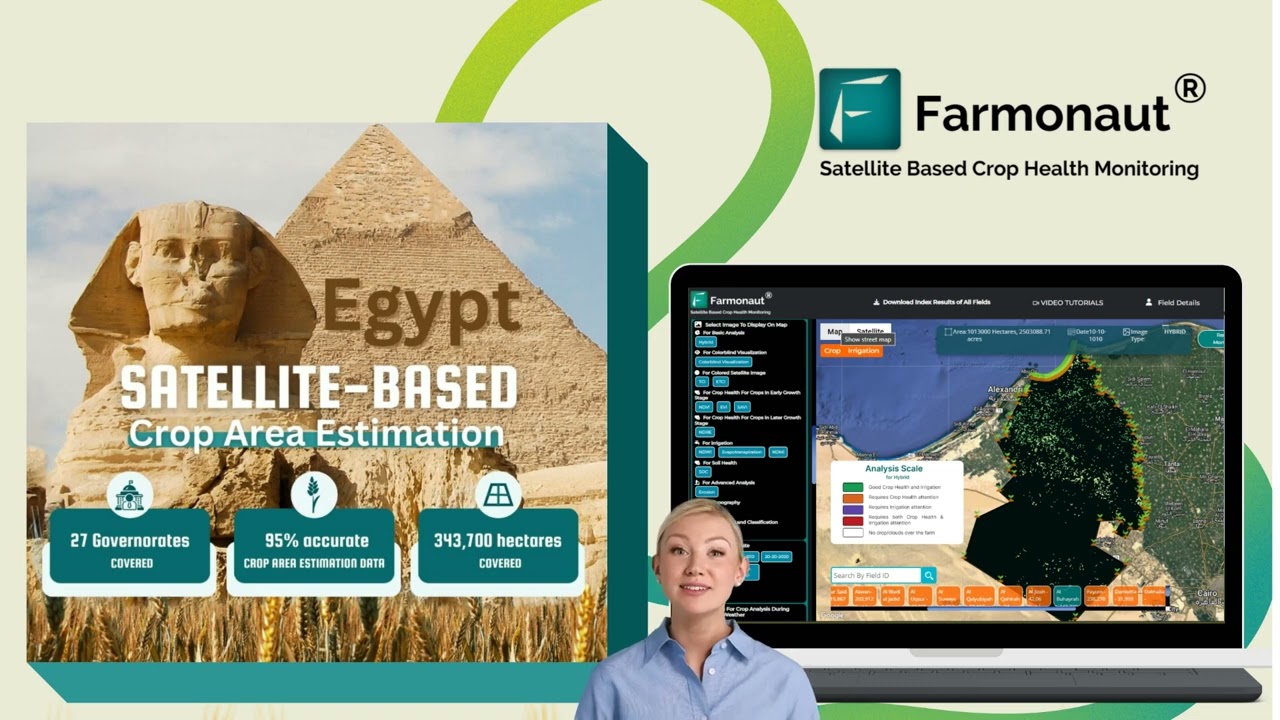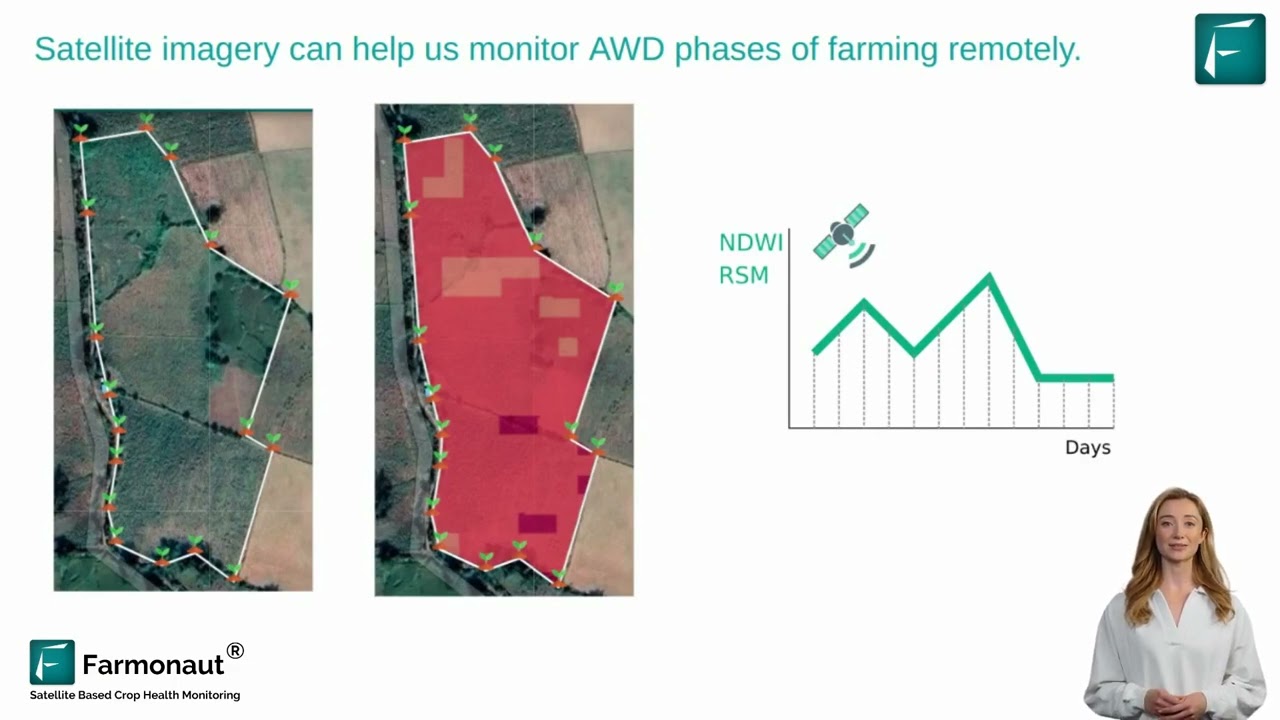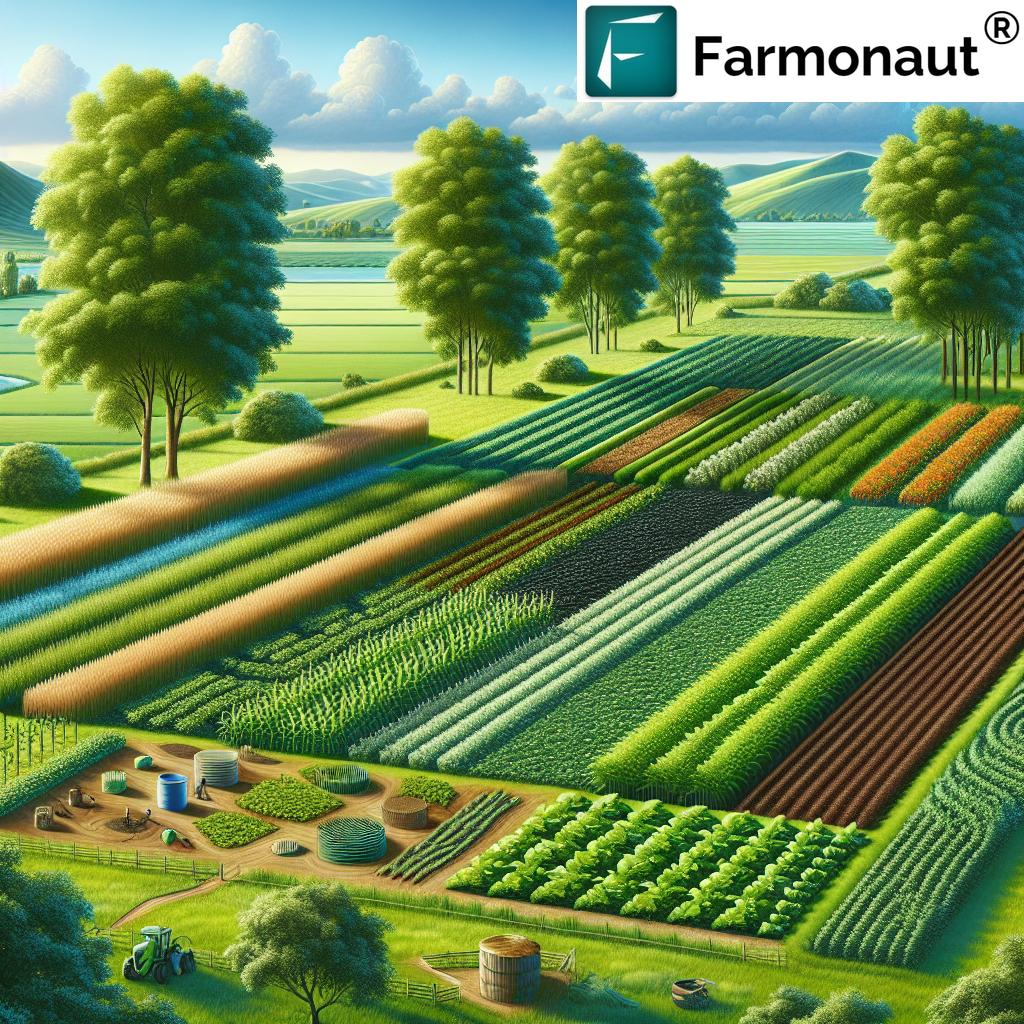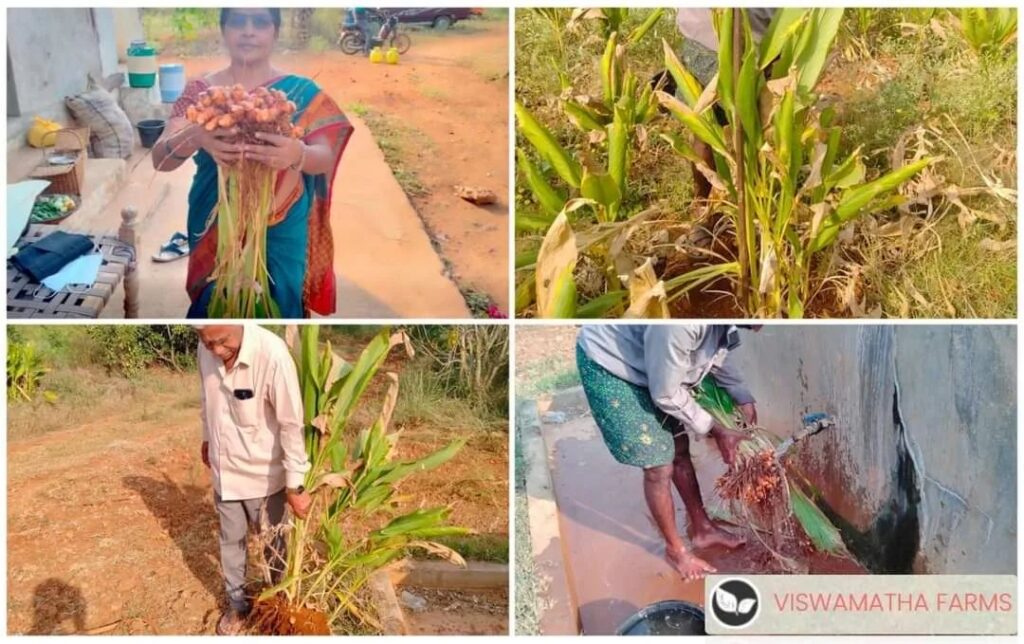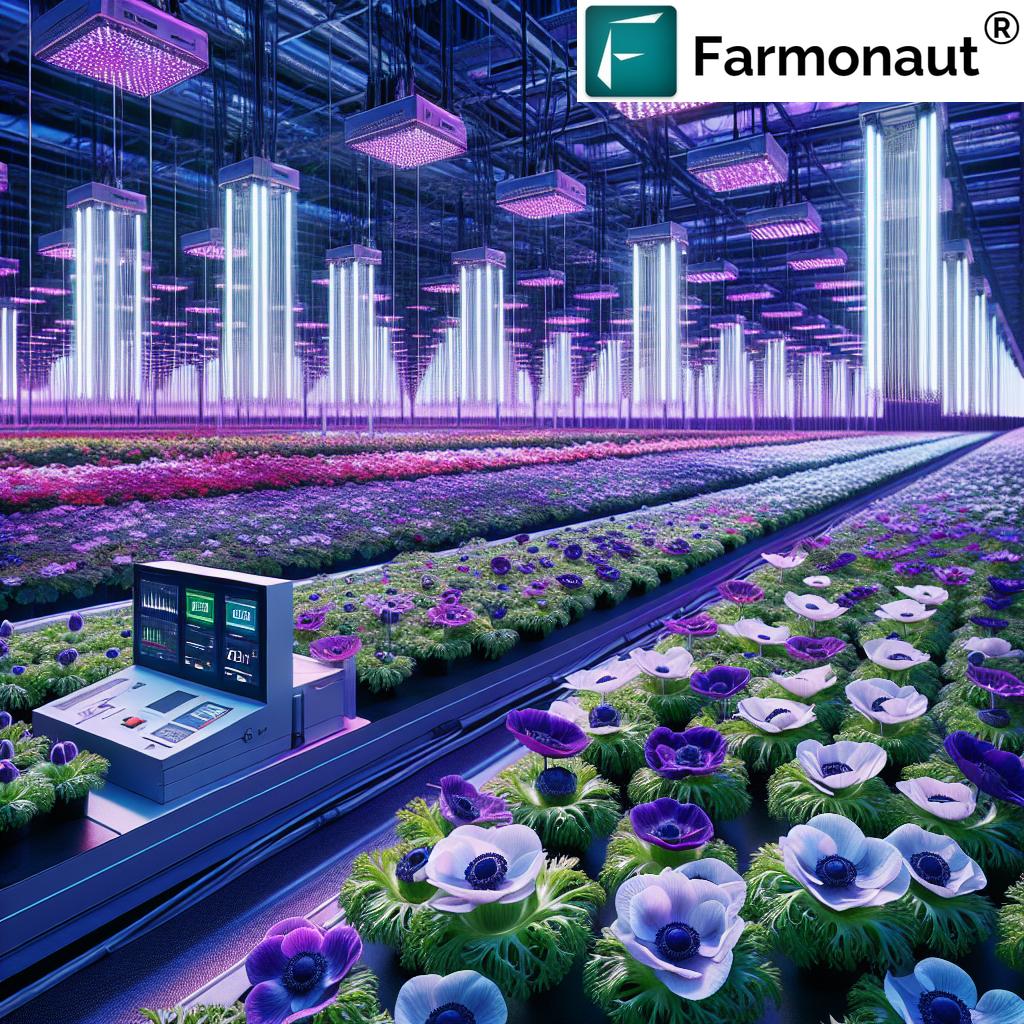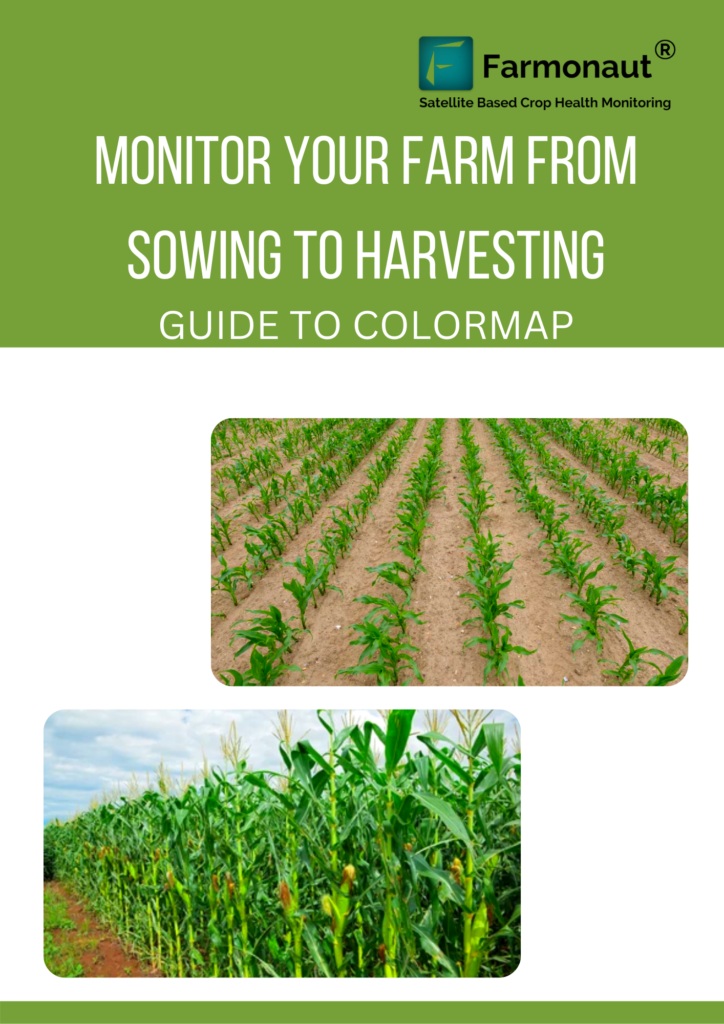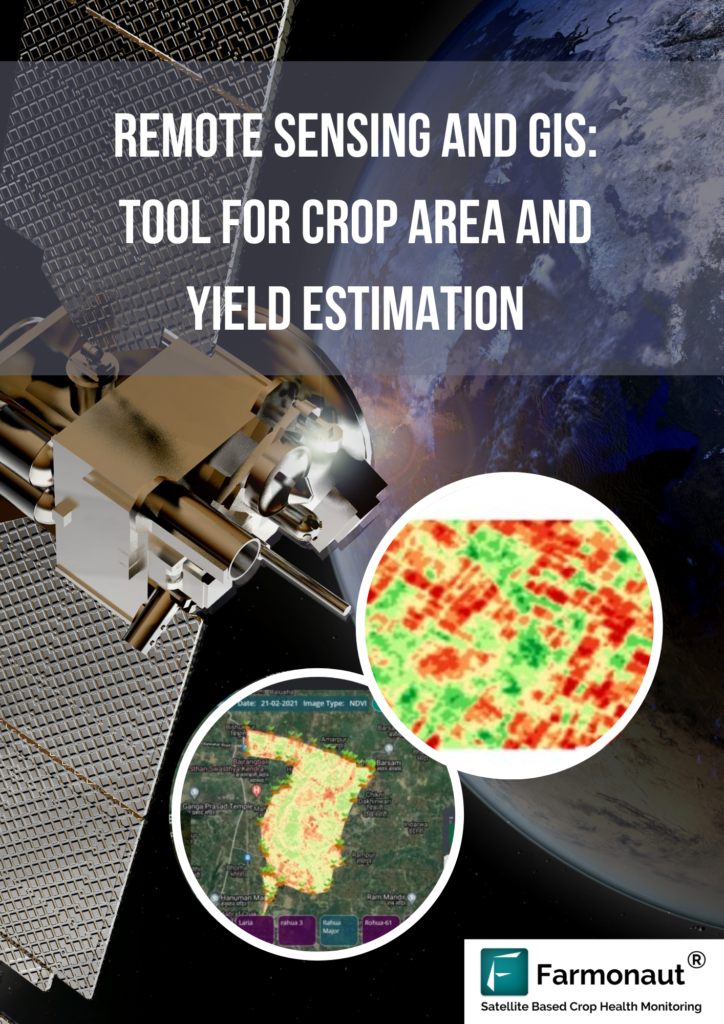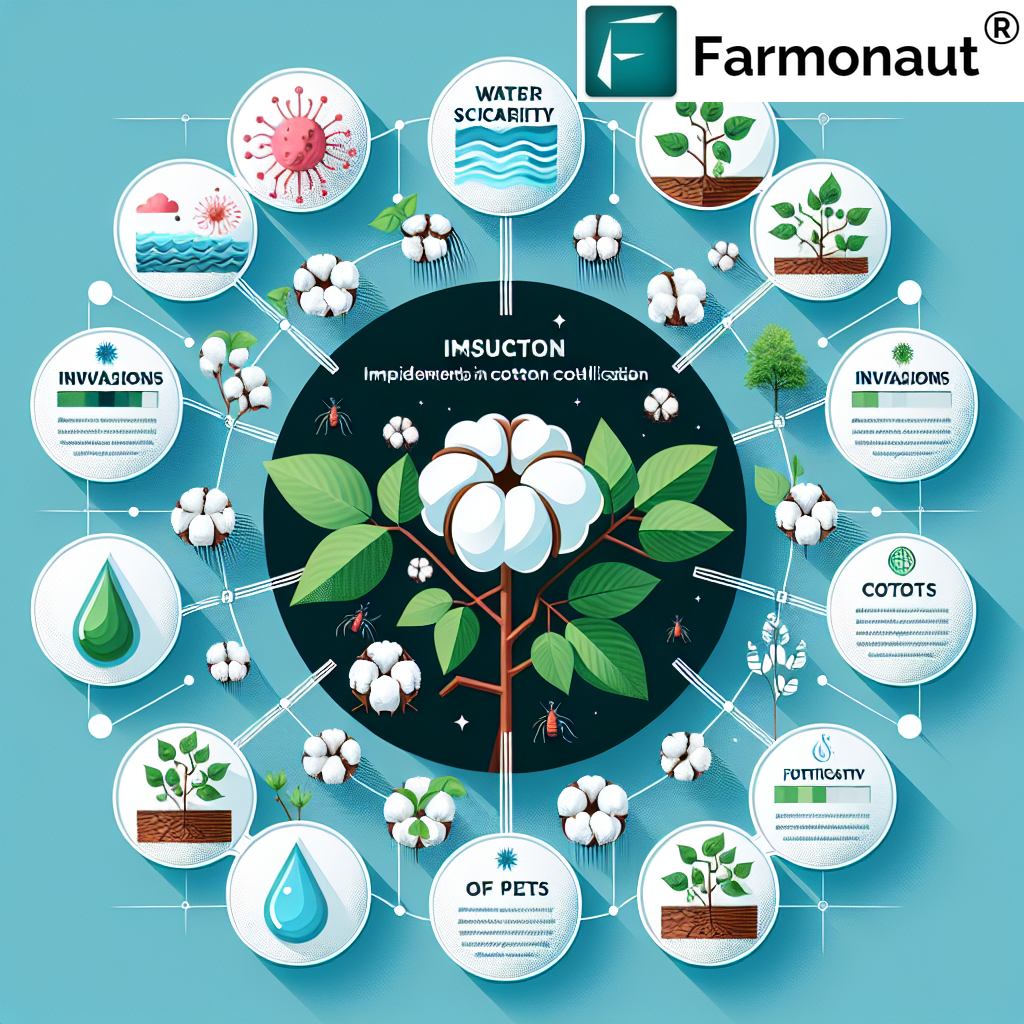Evolving Workplace Trends: How Modern Greenhouse Management is Reshaping Employee Retention Strategies
“Recent data shows a 15% decrease in employee terminations due to feigned illness in modern greenhouse management.”
In the ever-evolving landscape of greenhouse management and horticulture, we’re witnessing a significant shift in workplace dynamics. As growers and agricultural businesses adapt to new challenges, employee retention strategies are taking center stage. This comprehensive analysis delves into the heart of contemporary agricultural workforce challenges and solutions, offering essential insights for forward-thinking growers and horticultural managers.
The Changing Face of Greenhouse Workplaces
The agricultural sector, particularly greenhouse operations, has traditionally been associated with rigid work schedules and strict attendance policies. However, recent trends reveal a surprising shift in workplace culture. While absenteeism remains a constant concern, we’re observing fewer workers facing termination for faking illness. This phenomenon has far-reaching implications for growers and agricultural businesses alike.
Let’s explore how this trend is reshaping the industry:
- Increased trust between employers and employees
- Shift towards outcome-based performance evaluation
- Greater emphasis on work-life balance
- Adoption of flexible work arrangements
As we navigate these changes, it’s crucial to understand the driving forces behind them and how they’re impacting employee management in agriculture.
The Impact of Labor Shortages on Workplace Dynamics
One of the most significant factors influencing workplace trends in greenhouses is the persistent labor shortage in horticulture. This scarcity of skilled workers has led to a power shift in employee-employer dynamics, forcing businesses to rethink their approach to workforce management.
Key impacts of labor shortages:
- Increased competition for skilled workers
- Higher wages and better benefits packages
- Greater focus on employee satisfaction and retention
- Adoption of technology to augment human labor
These changes are prompting growers to invest more in their employees, recognizing them as valuable assets rather than easily replaceable resources.

Innovative Approaches to Boost Productivity and Well-being
In response to these challenges, we’re seeing a wave of innovative approaches aimed at boosting productivity and enhancing employee well-being in crop production environments. From high-tech greenhouses to traditional nurseries, the industry is adapting to new workplace trends with remarkable creativity.
“Flexible work arrangements in horticulture have led to a 20% increase in overall productivity and employee well-being.”
Some of the most effective strategies include:
- Implementing flexible work schedules
- Offering remote work options for certain roles
- Providing comprehensive wellness programs
- Investing in ergonomic equipment and facilities
- Encouraging continuous learning and skill development
These initiatives not only improve employee satisfaction but also contribute to increased efficiency and reduced turnover rates.
The Role of Technology in Modern Greenhouse Management
Technology is playing a pivotal role in reshaping workplace trends and employee retention strategies in the greenhouse industry. Advanced tools and systems are not only improving crop management but also enhancing the work experience for employees.
Key technological advancements include:
- Automated climate control systems
- Robotic harvesting and packaging solutions
- AI-powered crop monitoring tools
- Digital task management and scheduling platforms
These technologies are streamlining operations, reducing physical strain on workers, and creating more engaging work environments. For instance, Farmonaut’s advanced agricultural solutions offer real-time crop monitoring and AI-driven insights, empowering workers with data-driven decision-making tools.
Creating a Positive Company Culture in Agricultural Settings
A positive company culture is essential for fostering honesty, reducing burnout, and enhancing overall efficiency in greenhouse operations. Modern growers are recognizing the importance of cultivating an environment that values transparency, collaboration, and employee well-being.
Key elements of a positive greenhouse culture include:
- Open communication channels between management and staff
- Recognition and reward programs for exceptional performance
- Team-building activities tailored to agricultural settings
- Opportunities for career growth and advancement
- Emphasis on work-life balance and personal well-being
By investing in these areas, growers can create a workplace that attracts and retains top talent, even in the face of industry-wide labor shortages.
Flexible Work Arrangements in Agriculture
While the concept of flexible work might seem challenging in a greenhouse setting, innovative growers are finding ways to implement more adaptable schedules and work arrangements. These changes are proving crucial in addressing the evolving needs of the modern workforce.
Examples of flexible work arrangements in agriculture include:
- Staggered shift schedules to accommodate personal commitments
- Job sharing options for certain roles
- Seasonal flexibility to balance peak production periods with off-season downtime
- Remote work options for administrative and management positions
These arrangements not only improve employee satisfaction but also help in attracting a more diverse workforce, including part-time workers, students, and retirees.

Addressing Absenteeism in Agricultural Businesses
While the trend shows a decrease in terminations due to feigned illness, absenteeism remains a significant challenge in agricultural businesses. Modern greenhouse management approaches are tackling this issue with a combination of supportive policies and preventive measures.
Effective strategies for managing absenteeism include:
- Implementing wellness programs to promote employee health
- Offering mental health support and stress management resources
- Providing adequate paid time off and encouraging its use
- Developing clear attendance policies that balance flexibility with accountability
- Using data analytics to identify patterns and address underlying issues
By addressing the root causes of absenteeism, growers can create a more stable and productive workforce.
Enhancing Employee Productivity in Crop Production
Boosting employee productivity in crop production environments requires a multifaceted approach that combines technology, training, and employee empowerment. Modern greenhouse management strategies focus on creating an environment where workers can thrive and perform at their best.
Key factors in enhancing productivity include:
- Providing ongoing training and skill development opportunities
- Implementing ergonomic workstations and tools to reduce physical strain
- Utilizing performance tracking software to set and monitor achievable goals
- Encouraging innovation and problem-solving among employees
- Leveraging technology to automate repetitive tasks
For instance, Farmonaut’s API offers tools that can significantly enhance worker productivity by providing real-time data on crop health and environmental conditions.
The Future of Agricultural Workforce Management
As we look to the future, it’s clear that agricultural workforce management will continue to evolve. Emerging technologies, changing societal norms, and ongoing labor challenges will shape the strategies employed by growers and horticultural managers.
Key trends to watch include:
- Increased adoption of AI and machine learning in workforce planning
- Greater emphasis on sustainability and eco-friendly practices
- Rise of gig economy models in seasonal agricultural work
- Integration of virtual and augmented reality in training programs
- Development of more sophisticated employee engagement platforms
Staying ahead of these trends will be crucial for growers looking to maintain a competitive edge in talent attraction and retention.
Employee Retention Strategies in Modern Greenhouse Management
| Retention Strategy | Traditional Approach | Modern Approach | Adoption Rate |
|---|---|---|---|
| Work Schedule Flexibility | Fixed 9-5 schedules | Flexible hours and remote work options | 65% |
| Sick Leave Policy | Strict absence policies | Trust-based wellness programs | 70% |
| Performance Evaluation | Annual reviews | Continuous feedback and goal-setting | 55% |
| Technology Integration | Limited use of technology | AI-driven tools and automation | 80% |
| Professional Development | On-the-job training | Comprehensive learning programs | 60% |
This table illustrates the significant shift in employee retention strategies within the greenhouse industry. The high adoption rates of modern approaches underscore the industry’s commitment to adapting to new workplace trends and employee expectations.
Leveraging Technology for Enhanced Workforce Management
In the digital age, technology plays a crucial role in revolutionizing workforce management in greenhouse operations. Advanced tools and platforms are enabling growers to streamline their processes, improve communication, and make data-driven decisions about their workforce.
Key technological advancements include:
- Mobile apps for task management and time tracking
- IoT sensors for monitoring workplace conditions
- Predictive analytics for workforce planning
- Virtual reality simulations for training and skill development
For instance, Farmonaut’s API Developer Docs provide insights into how advanced satellite and weather data can be integrated into agricultural management systems, enhancing overall operational efficiency.
Balancing Automation and Human Touch in Greenhouse Operations
As automation becomes increasingly prevalent in greenhouse operations, finding the right balance between technological efficiency and the irreplaceable human touch is crucial. While automation can significantly boost productivity and reduce labor costs, the horticultural industry still relies heavily on human expertise and intuition.
Strategies for balancing automation and human input include:
- Implementing collaborative robots (cobots) that work alongside humans
- Using AI for data analysis while relying on human judgment for decision-making
- Automating routine tasks to free up employees for more complex, value-added activities
- Providing training to help employees adapt to and work effectively with new technologies
This balanced approach ensures that greenhouses can reap the benefits of automation while still maintaining the skilled workforce necessary for high-quality crop production.
Creating a Culture of Continuous Learning and Innovation
In the rapidly evolving field of greenhouse management, fostering a culture of continuous learning and innovation is essential for staying competitive and retaining top talent. Employees who feel they are growing and contributing to innovation are more likely to remain engaged and committed to their work.
Key elements of a learning and innovation culture include:
- Regular workshops and training sessions on new horticultural techniques
- Encouraging employees to experiment with new growing methods
- Implementing suggestion systems to gather ideas from all levels of the organization
- Collaborating with research institutions and technology providers
- Recognizing and rewarding innovative ideas and improvements
By embracing this culture, greenhouse operations can not only improve their processes but also create a more stimulating and rewarding work environment for their employees.
Addressing the Unique Challenges of Seasonal Work in Agriculture
Seasonal fluctuations in labor demand present unique challenges for employee retention in the agricultural sector. Modern greenhouse management strategies are adapting to address these challenges while maintaining a stable and skilled workforce.
Effective approaches to managing seasonal work include:
- Developing year-round employment opportunities through crop diversification
- Creating off-season training and development programs
- Building partnerships with other agricultural businesses for labor sharing
- Offering competitive benefits and bonuses to encourage seasonal workers to return
- Implementing flexible scheduling to accommodate workers’ needs during off-peak seasons
These strategies help in retaining valuable skills and knowledge within the organization, reducing the costs and challenges associated with seasonal hiring.
The Role of Data in Modern Workforce Management
Data-driven decision-making is becoming increasingly crucial in modern greenhouse management, particularly in workforce planning and employee retention strategies. By leveraging advanced analytics, growers can gain valuable insights into workforce trends, productivity patterns, and factors affecting employee satisfaction.
Key applications of data in workforce management include:
- Predictive modeling for labor demand forecasting
- Performance analytics to identify top performers and areas for improvement
- Sentiment analysis of employee feedback for proactive issue resolution
- Optimization of scheduling and resource allocation
- Benchmarking against industry standards for competitive positioning
Tools like Farmonaut’s mobile app provide growers with real-time data and analytics, enabling more informed decision-making in various aspects of greenhouse management, including workforce optimization.
Embracing Diversity and Inclusion in Agricultural Workplaces
Diversity and inclusion are becoming increasingly important in modern greenhouse management. A diverse workforce brings a variety of perspectives and ideas, leading to increased innovation and problem-solving capabilities. Moreover, inclusive workplaces tend to have higher employee satisfaction and retention rates.
Strategies for promoting diversity and inclusion in agricultural settings include:
- Implementing unbiased hiring practices
- Providing cultural sensitivity training for all employees
- Creating mentorship programs to support underrepresented groups
- Ensuring equal opportunities for advancement and leadership roles
- Celebrating cultural diversity through workplace events and initiatives
By embracing diversity and fostering an inclusive environment, greenhouse operations can create a more dynamic, innovative, and resilient workforce.
The Impact of Environmental Sustainability on Employee Retention
As environmental concerns become more prominent, greenhouse operations that prioritize sustainability are finding it easier to attract and retain employees, especially among younger generations. Sustainable practices not only benefit the environment but also create a sense of purpose and pride among workers.
Key sustainability initiatives that impact employee retention include:
- Implementing energy-efficient technologies
- Adopting water conservation practices
- Using organic and eco-friendly growing methods
- Reducing waste through recycling and composting programs
- Engaging employees in sustainability initiatives and decision-making
By aligning business practices with environmental values, greenhouse operations can create a more engaging and meaningful work environment for their employees.
Conclusion: Adapting to the Future of Greenhouse Management
As we’ve explored throughout this comprehensive analysis, the landscape of greenhouse management is undergoing significant transformations. The evolution of workplace trends is reshaping employee retention strategies, forcing growers and agricultural businesses to adapt to new realities.
Key takeaways include:
- The importance of flexible work arrangements in attracting and retaining talent
- The critical role of technology in enhancing productivity and employee satisfaction
- The need for a positive company culture that values employee well-being and growth
- The benefits of data-driven decision-making in workforce management
- The impact of sustainability initiatives on employee engagement and retention
By embracing these trends and implementing innovative strategies, greenhouse operations can create a more resilient, productive, and satisfied workforce. As the industry continues to evolve, those who adapt to these changing dynamics will be best positioned to thrive in the competitive landscape of modern agriculture.
For growers looking to stay at the forefront of these trends, leveraging advanced technologies and data-driven insights is crucial. Tools like Farmonaut’s comprehensive agricultural solutions can provide valuable support in this journey, offering real-time crop monitoring, AI-driven insights, and efficient resource management capabilities.
As we move forward, the success of greenhouse operations will increasingly depend on their ability to create workplaces that are not only productive but also fulfilling for employees. By focusing on employee retention, well-being, and engagement, growers can cultivate a workforce that is equipped to meet the challenges and opportunities of the future.
FAQ Section
Q: How are modern greenhouse management practices affecting employee retention?
A: Modern greenhouse management practices are focusing more on flexible work arrangements, employee well-being, and technology integration. These approaches are leading to higher job satisfaction and improved retention rates.
Q: What role does technology play in improving employee productivity in greenhouses?
A: Technology plays a crucial role by automating routine tasks, providing real-time data for decision-making, and offering tools for more efficient crop management. This allows employees to focus on higher-value tasks and reduces physical strain.
Q: How can greenhouse operations address the challenges of seasonal work?
A: Greenhouse operations can address seasonal work challenges by diversifying crops for year-round production, offering off-season training programs, partnering with other businesses for labor sharing, and providing competitive benefits to encourage workers to return each season.
Q: What are some effective strategies for creating a positive company culture in agricultural settings?
A: Effective strategies include fostering open communication, implementing recognition programs, providing opportunities for professional growth, emphasizing work-life balance, and involving employees in decision-making processes.
Q: How is the trend of decreased terminations for feigned illness impacting greenhouse management?
A: This trend is leading to more trust-based management approaches, with a focus on outcomes rather than strict attendance policies. It’s encouraging managers to address the root causes of absenteeism and implement more supportive wellness programs.


